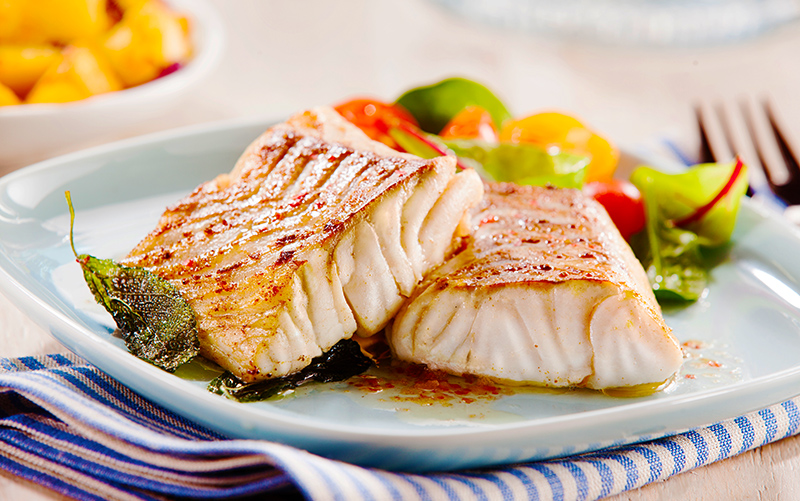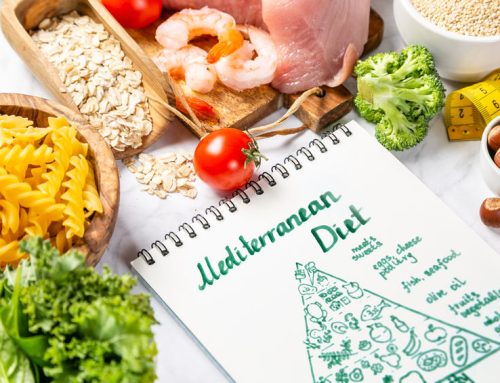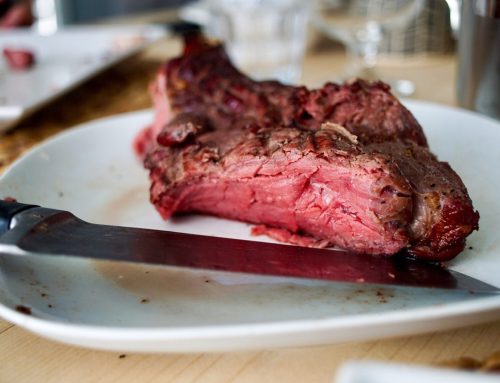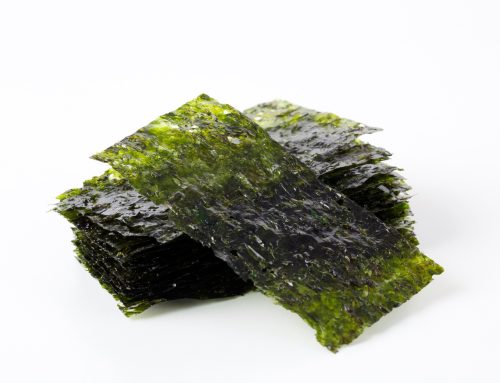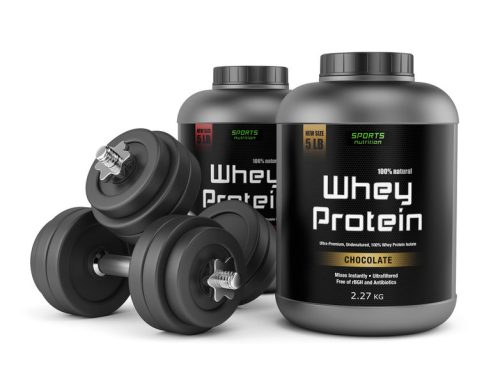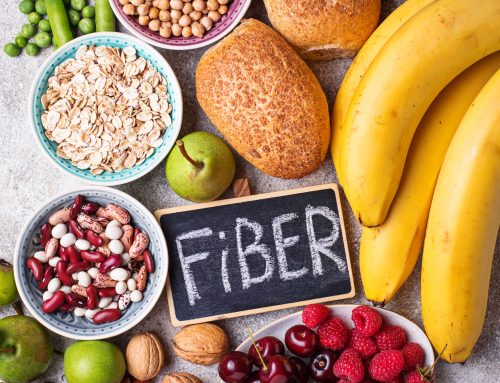Quick store-bought meals can be a lifesaver. Stock up on these 5 supermarket staples to eat well and save time in the kitchen.
With nutritionists advising that everyone build their meals around whole foods and steer clear of processed ones, it would be easy to think that anything that comes in a package isn’t the healthiest choice. But that’s not the case. “The confusion arises because ‘processed’ is a catch-all term, but there are various degrees of processing,” says Amy Keating, RD, a CR nutritionist. “Some processed foods can actually make eating healthfully easier.”
What to minimize? Ultra-processed foods (like white bread, deli meat, and sugary drinks). They contain a lot of refined flour, added sugars, sodium, and/or ingredients you wouldn’t usually cook with at home, such as flavors, colors, emulsifiers, and other additives, explains Fang Fang Zhang, MD, an associate professor of nutritional epidemiology at the Friedman School of Nutrition Science and Policy at Tufts University in Boston. “A growing number of studies show associations between ultra-processed food and risks of obesity, hypertension, cardiovascular diseases, and some cancers,” she says. With this in mind, here are a few prepackaged convenience foods you can feel good about eating, and tips for using them for quick, healthier meals.
Staples for Quick Store-Bought Meals
Canned Fish
• Canned (or pouched) fish such as tuna, salmon, and sardines are an affordable way to get protein and essential omega-3 fatty acids, which help lower blood pressure, inflammation, and triglycerides.
• What to look for: Sardines and wild or pink salmon have more omega-3s than chunk light tuna, so rotate the types of packaged fish you eat. You can choose fish either in water or oil, but skip the sauced or seasoned packets of tuna or salmon, which tend to be higher in sodium and may contain additives.
• Easy ways to use it: Mix tuna with crunchy shredded carrots and red cabbage, sliced radishes, green onion, lime juice, and a drizzle of sesame oil, and wrap in lettuce cups for a cool lunch. Or go Mediterranean with salmon, chopped onions and peppers, cooked chickpeas, lemon juice, and a little parsley. Add sardines to marinara sauce and serve over pasta for a quick protein-rich meal.
Canned or Boxed Soup
• Premade soups can be a hydrating and convenient way to get your vegetables.
• What to look for: Choose veggie- or bean-based soups and check sodium counts. Just 1 cup of tomato soup, for instance, can contain 700 mg to more than 1,200 mg. That’s a lot, considering the daily sodium limit is less than 2,300 mg. You do need some salt, though. A recent CR test of 15 minestrone soups found that low-sodium ones (140 mg or less per serving) tasted bland. But stirring in ⅛ teaspoon of salt per cup of soup improved the flavor for just 295 mg of sodium.
• Easy ways to use it: “Bulk up your soup” by adding beans or fresh or frozen vegetables for a quick weeknight meal, suggests Wesley McWhorter, RDN, a spokesperson for the Academy of Nutrition and Dietetics. This adds extra protein and fiber-rich vegetables, and can stretch a can or box to serve two.
Precooked Grains
• Eating more whole grains—such as brown rice, wild rice, quinoa, farro, and barley—supports a healthy digestive system and helps control inflammation, which is a factor in type 2 diabetes, heart disease, and some cancers. Cooking whole grains from scratch isn’t difficult, but it can take an hour or longer and may not be worth the effort if you’re cooking for one or two. You can find precooked whole grains on the supermarket shelf next to the boxes of rice. Pop the pouch or bowl in the microwave and the grains will be ready in 90 seconds.
• What to look for: Whole grains should be the first ingredient, and the product should have little or no added salt, sugars, or additives. Frozen cooked grains—such as Trader Joe’s Rice Medley with brown rice, red rice, and black barley—often have no sodium.
• Easy ways to use it: With little effort, a package of plain whole grains can be the foundation for a main course. “Add some nuts, cheese, dried fruit, a can of legumes, or frozen veggies to pull together a quick weeknight meal,” McWhorter says. Or combine with black beans and chunky tomato salsa for a satisfying dish with plenty of protein and fiber. You can also stir cooked grains into soups or toss them into a salad.
Ready-to-Eat Legumes
• From tofu and tempeh to edamame and canned kidney beans, legumes are an excellent source of plant-based protein and fiber. Because most dried beans take a while to cook, buying canned ones saves significant time in the kitchen. Tofu and tempeh are actually cooked products, so all they need is to be heated through.
• What to look for: Opt for extra-firm tofu or tempeh for stir-fried or crispy baked tofu dishes and silken tofu as a base for creamy desserts and smoothies. Choose canned beans and peas that are lower in sodium. Draining and rinsing canned beans under cool running water can reduce sodium even more—by as much as 41 percent, one study found. Or check the freezer case, where you can find cooked beans packed without any added salt.
• Easy ways to use it: Make a quick rice and bean dish with kidney beans, precooked brown rice, and your favorite spices; sauté chickpeas with dark leafy greens; or mash black beans into a burger. Add quick-cooking lentils to soup or mash pinto beans with salsa for a quick and easy refried beans with eggs. Use cubed tofu and frozen vegetables to make a fast stir-fry. Use frozen edamame in place of peas in recipes, or to make a healthy dip (like this one) you can serve with whole-grain pita and sliced vegetables.
Cooked Chicken
• Supermarket rotisserie chicken is a staple in many deli departments. But you can also find precooked chicken in the meat case and frozen aisle.
• What to look for: Compare sodium. Seasoned products may have a lot of it, but even plain fresh or frozen cooked chicken is likely to have some. Rotisserie chickens are sometimes injected with a sodium solution (check ingredients lists), which can raise the sodium count. But a CR review found that the chickens at Whole Foods aren’t; the organic plain rotisserie chicken has just 70 mg in 3 ounces.
• Easy ways to use it: Use cooked chicken in a salad or to boost the protein in a pasta dish. Shred chicken breasts and wrap in a corn tortilla with chopped tomatoes, scallions, and a crunchy lettuce. Or combine it with pineapple and red bell pepper chunks over brown rice or quinoa for a sweet and satisfying grain bowl.
Click here to read about quick store-bought meals.


